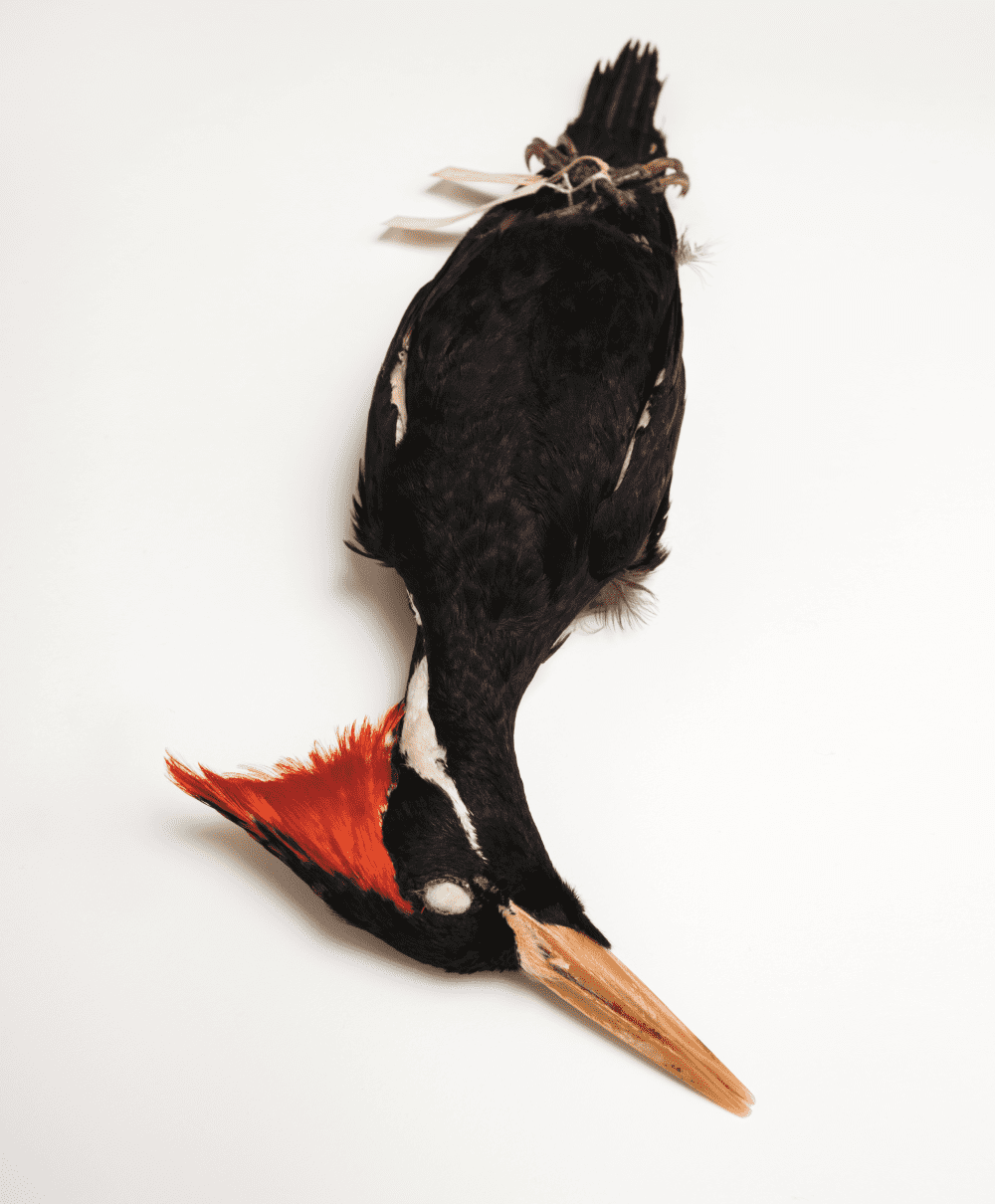As a teenager in the mid-70s, photographer Marc Schlossman volunteered at the Field Museum in Chicago labeling mink skulls in the mammals department. Decades later, he returned to the museum in search of inspiration for a photobook to document “Earth’s sixth mass extinction” through photos of the museum’s collections.
His recent release, Extinction, aims to shine a light on what is happening to the environment during an age when human activity is dominating the natural world. We caught up with Schlossman to find out more about his path into photography, and how old haunts can become valuable resources when trying to communicate messages about science and the environment.
How did this project come about?
The whole thing was shot at the Field Museum in Chicago, all 82 specimens. My connection to the museum started in my teens in the mid-70s when I volunteered for a few summers at the museum. I was labelling stacks of specimens and started to realize the enormity of these big collections, and how important they are in terms of research, education, and conservation.
I later got an undergraduate degree in wildlife biology at the University of Maine, and then found photography immediately after that. At that point, I left behind the idea of doing a job in wildlife or fisheries, but I never lost my interest in ecology and environmental issues.
Photographically, I started out in news and editorial, mostly magazine and newspaper work, so I was always telling stories with images. I’d been doing that in London for 34 years, but in 2008, I went back to the museum with my boys, and we did this behind-the-scenes tour in the birds department.
And there at the end of the tour there’s a drawer with extinct species. This is the story I tell all the time, it’s like you pick up an ivory-billed woodpecker knowing you can’t see the species anymore. It’s not out there. It’s not in its native habitat, this is the only place left where you can see the species. So, at that point, I made a proposal [for the photobook] to one of the curators.
What was the idea behind it?
I wanted to capture each species with the kind of simplicity of a mug shot. So, I had the opportunity to go through the collections, go into the drawers and try and figure out a way to make them visually interesting. I got to take any context away from them, so you’re just confronted with this thing.
And then in the book, I always intended each species to have a story where you got to see what the various drivers of biodiversity loss were. So, the stories are interesting in and of themselves. But you also get to see how, first and foremost, habitat destruction is the biggest driver of all biodiversity loss. And then coming after that: climate change, pollution, and disease, which is also affected by climate change.
So, really it’s less about the 82 species and more about developing a bigger picture of our relationship with the natural world and with all other species. And to inspire people to wonder how we can do better.
Do you have a favorite species featured in the book?
There’s actually a category of the IUCN Red List I’m really interested in: if you go away from the extinct species and instead look at the not evaluated and data deficient species. For example, the cinnamon screech-owl. It’s a small animal that lives at certain altitudes in the Peruvian Andes, and we just don’t know enough about it to know how many there are, how big its clutch sizes are, whether its population is increasing or decreasing. The one thing we do know is that its habitat is being destroyed, and so the cinnamon screech-owl is probably disappearing with it.
I’m fascinated by what we don’t know about life on earth. I’m just fascinated by what we don’t know already, and by what we don’t even realize we don’t know yet.
What would you say to photographers keen to work on a similar project?
What I always say to students is you need to have a personal project. If you’re going to try and make money from photography, if you want to be a commercial photographer, you’re going to need something to rally around that has nothing to do with commercial pressures. When I started this, I wanted to do it on my own at my own pace because I didn’t want the commercial pressures of like, oh, we need this amount of images now. It really helped me to not have to be pushed by deadlines.
I found something that I discovered in my teens, so working in the museum kind of folded together with my photography career, and that became a really satisfying thing. So, every time I go to the museum, I’m shooting something I love and that I’m really enthusiastic about because I’m really into specimens and the museum’s mission now.
I suppose it helped that I volunteered at the museum years ago. I’m 61 now, and back then I think I was 14 or 15. When I came back years later, the curator said, “Well, you know, that’s really cool that you volunteered your way back then because you’re family now. It takes huge numbers of people to keep these places running. We can’t do it with full-time paid staff. We need lots of volunteers. It’s great that you’ve come back, and you’re doing this project here because you’re like family.”
I didn’t know what I was doing at the time, but I had kind of accidentally arranged to have that access by being part of the museum’s activities from a young age. Developing those relationships pays off because sometimes your photography can end up reflecting the connections you built.
Extinction by Marc Schlossman is available to purchase in North America from September.
Source Link: IFLScience Meets: Photographer Marc Schlossman On His New Book, "Extinction"
